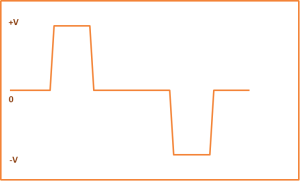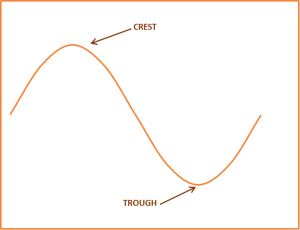Albedo
Bypass Diodes
Solar Glazing
Single Phase Versus Three Phase Power Supply
Three phase power supply
Single Phase Power Supply
Module Measurement without Load
Module Measurement with Load
[...]
 Modified Sine Wave[/caption]
Modified Sine Wave[/caption] True Sine Wave[/caption]
True Sine Wave[/caption]
Martin
on 29 May 2020